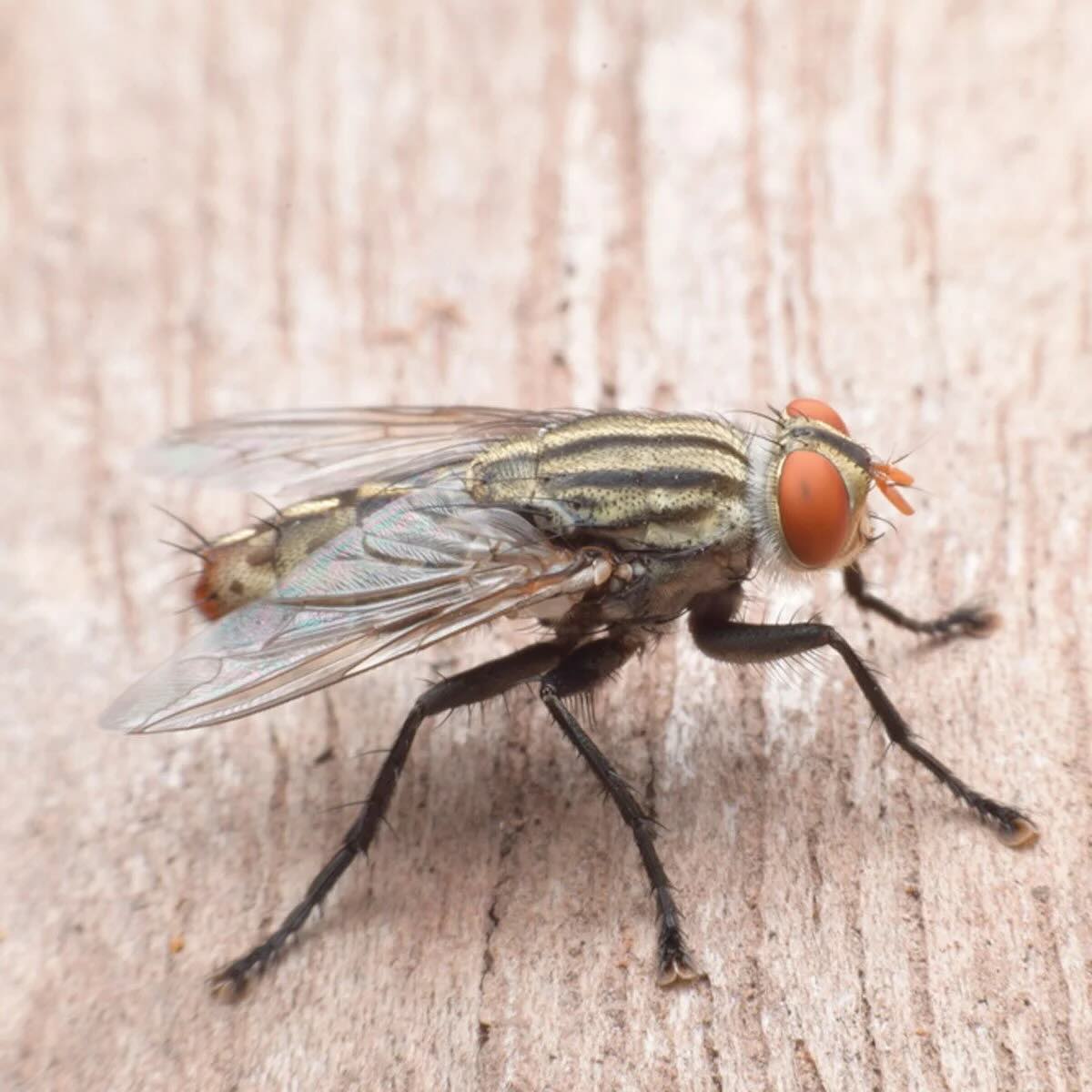

Articles
How To Get Rid Of Flies In The Attic
Modified: January 6, 2024
Learn effective methods and tips to eliminate flies in your attic with our informative articles. Say goodbye to those pesky pests for good!
(Many of the links in this article redirect to a specific reviewed product. Your purchase of these products through affiliate links helps to generate commission for Storables.com, at no extra cost. Learn more)
Introduction
Having flies in your attic can be a frustrating and unsanitary problem. These pesky insects not only disrupt your peace but also carry diseases and contaminate your living space. If you’re dealing with a fly infestation in your attic, it’s crucial to take immediate action to eliminate them and prevent future infestations.
In this article, we’ll explore effective methods to get rid of flies in the attic. From understanding the types of flies commonly found in attics to identifying the root causes of infestations, we’ll provide you with comprehensive strategies to tackle this problem head-on. So, let’s dive in!
Key Takeaways:
- Understanding the types of flies in your attic and identifying the root causes of infestation are crucial for tailoring effective eradication strategies. Clearing clutter, sealing entry points, and improving ventilation are key steps in creating an unfavorable environment for flies.
- Implementing preventive measures, using natural remedies, and seeking professional pest control help can aid in eliminating flies and preventing future infestations. Consistent maintenance and vigilance are essential for a fly-free attic.
Read more: How To Get Rid Of Outdoor Flies
Understanding the Types of Flies in the Attic
Before you can effectively get rid of flies in your attic, it’s important to understand the types of flies that are commonly found in this area. By gaining knowledge about these insects, you can tailor your approach to eliminate them more effectively.
Here are some of the most common types of flies you may encounter in your attic:
- House Flies: These flies are gray in color and typically measure around 8-12 millimeters in length. House flies are attracted to decaying organic matter and are known carriers of various diseases.
- Fruit Flies: Fruit flies are small, about 1/8 inch long, and have a tan or brownish-yellow color. They are attracted to ripe or fermenting fruits and vegetables.
- Drain Flies: Also known as moth flies, drain flies are small and fuzzy insects that are approximately 1/8 inch long. They are commonly found around moist areas such as drains, sewers, and damp organic matter.
- Cluster Flies: These flies are slightly larger than house flies and have a dark gray or black color. They tend to gather in large numbers, especially during the cooler months, and seek shelter in attics and other warm places.
Understanding the specific type of fly infesting your attic can help you determine the most effective methods for eradication. It’s recommended to consult a professional pest control service or entomologist if you are unsure about the identification or if the infestation is severe.
Next, let’s move on to identifying the root causes of fly infestation in your attic.
Identifying the Root Causes of Fly Infestation
To effectively eliminate flies in your attic, it is crucial to identify the root causes of the infestation. By addressing these underlying factors, you can prevent future fly problems and create a more fly-free environment.
Here are some common root causes of fly infestation in attics:
- Poor Sanitation: Flies are attracted to areas with poor sanitation and decaying organic matter. If your attic is cluttered, has accumulated debris, or contains uncovered garbage, it becomes an ideal breeding ground for flies.
- Cracks and Holes: Flies can enter your attic through small cracks, holes, and openings in the walls, roof, or vents. Insufficient sealing of these entry points allows flies easy access to your living space.
- Inadequate Ventilation and Lighting: Attics with poor ventilation and insufficient lighting create a hospitable environment for flies. Stagnant air and darkness attract flies and promote their breeding and activity.
- Dampness and Moisture: Flies, like drain flies, are drawn to damp and moist areas. If your attic has leaks, water damage, or excessive humidity, it becomes an attractive habitat for flies to thrive.
- Adjacent Food Sources: If your attic is located near food storage areas, kitchens, or garbage disposal areas, flies can easily access the attic in search of food and breeding opportunities.
By carefully examining your attic and considering these factors, you can pinpoint the root causes of the fly infestation. This knowledge will guide you in implementing the appropriate strategies to eliminate the existing flies and prevent their return.
Now that we have identified the root causes, let’s move on to the practical steps you can take to get rid of flies in your attic.
Clearing Clutter and Debris in the Attic
Clearing clutter and debris from your attic is an essential step in eliminating flies and creating a clean and fly-free environment. Flies are attracted to decaying organic matter and thrive in areas with poor sanitation. By removing clutter and debris, you remove their food sources and breeding grounds.
Here are some tips to effectively clear clutter and debris in your attic:
- Declutter and Organize: Start by removing unnecessary items from your attic. Sort through the belongings and determine what you want to keep, donate, or discard. Properly organize the items you decide to keep in labeled boxes or storage containers.
- Dispose of Decaying Organic Matter: Remove any decaying organic matter, such as old leaves, dead insects, or animal droppings. Use gloves and protective clothing to handle these materials and dispose of them in sealed plastic bags.
- Clean Surfaces and Floors: Thoroughly clean the surfaces and floors of the attic using a vacuum cleaner or a damp cloth. Pay special attention to corners, crevices, and hard-to-reach areas where debris and dust may accumulate.
- Regularly Empty Garbage and Trash: If you have a garbage or trash bin in the attic, make sure to empty it regularly to prevent the buildup of organic waste and the attraction of flies.
- Maintain a Clutter-Free Environment: After decluttering and cleaning your attic, make a habit of regularly inspecting and maintaining a clutter-free environment. Avoid storing excess items or allowing debris to accumulate over time.
By consistently implementing these practices, you can significantly reduce the attractiveness of your attic to flies. With the clutter and debris eliminated, it becomes more challenging for flies to find food and breeding opportunities, leading to a decline in the fly population in your attic.
Next, let’s explore how sealing cracks, holes, and openings can further prevent fly infestation in your attic.
Sealing Cracks, Holes, and Openings
Sealing cracks, holes, and openings in your attic is a crucial step in preventing flies from entering and infesting the space. Flies can easily enter through small gaps, allowing them access to your living area. By sealing these entry points, you can effectively block their entry and reduce the risk of a fly infestation.
Here are some steps to effectively seal cracks, holes, and openings in your attic:
- Inspect the Attic: Carefully inspect the attic for any visible cracks, holes, or openings in the walls, roof, windows, vents, or other access points. Pay attention to areas where utilities penetrate the attic, such as pipes, wires, or cables.
- Use Caulk or Sealant: For small cracks and gaps, use caulking or sealant to seal them. Apply the caulk or sealant using a caulk gun, ensuring a tight seal. This will block any potential entry points for flies.
- Repair Damaged Screens: Check and repair any damaged screens on windows, vents, or openings to prevent flies from entering. Replace any torn or broken screens to ensure they remain secure and intact.
- Install Weatherstripping: Use weatherstripping to seal gaps around doors and windows. This will not only prevent flies from entering but also improve insulation and energy efficiency in your attic.
- Consider Installing Vent Covers: If your attic has vents, install mesh or wire vent covers to prevent flies from entering while still allowing for proper ventilation.
- Inspect and Repair Roof: Inspect the roof for any missing or damaged shingles, tiles, or flashing. Repair any issues promptly to prevent flies from finding their way into your attic through the roof.
By sealing cracks, holes, and openings in your attic, you create a barrier that prevents flies from entering your living space. This step, combined with other preventive measures, significantly reduces the risk of fly infestations in your attic.
Now, let’s move on to improving ventilation and lighting in the attic to create an unfavorable environment for flies.
Read more: How To Get Rid Of Sink Flies
Improving Ventilation and Lighting in the Attic
Improving ventilation and lighting in your attic is not only beneficial for the overall health of your home but also plays a significant role in deterring flies. Flies are attracted to stagnant air and darkness, so creating a well-ventilated and well-lit attic can make it less appealing for them to inhabit.
Here are some ways to improve ventilation and lighting in your attic:
- Install Attic Fans: Attic fans help circulate air and remove heat buildup. They promote air movement and prevent the attic from becoming a stagnant environment that attracts flies. Consider installing an attic fan or improving the existing ventilation system.
- Add Roof Vents: Roof vents allow hot air to escape and fresh air to enter the attic. This airflow reduces moisture and prevents the attic from becoming a damp breeding ground for flies. Consult a professional to assess the ventilation needs of your attic and install appropriate roof vents.
- Seal Air Leaks: Ensure that there are no air leaks in the attic that could disrupt proper airflow. Seal any gaps or cracks that may affect the ventilation system and compromise the effectiveness of the airflow.
- Maximize Natural Light: Open up windows or install skylights to allow natural light into the attic. Flies are less likely to be attracted to well-lit areas, discouraging their presence. Natural light can also help to discourage the growth of mildew and dampness in the attic.
- Consider Artificial Lighting: If your attic lacks sufficient natural light, consider installing artificial lighting. Opt for bright and energy-efficient light fixtures to create a well-lit environment that flies find less attractive.
By improving ventilation and lighting in your attic, you create an environment that is less favorable for flies. Proper airflow reduces the chances of stagnant air and reduces moisture levels, which can discourage flies from breeding and thriving in your attic.
Next, let’s explore the use of fly traps and baits as additional measures to eliminate flies in your attic.
Seal any cracks or openings in the attic to prevent flies from entering. Use fly traps or repellents to control the existing fly population. Keep the attic clean and free of any food sources that may attract flies.
Using Fly Traps and Baits
When dealing with a fly infestation in your attic, using fly traps and baits can be effective in capturing and eliminating the flies. These methods provide a targeted approach to attract and trap flies, reducing their population and preventing them from reproducing.
Here are a few options for using fly traps and baits in your attic:
- Fly Paper Strips: Hang fly paper strips in your attic to attract and trap flies. The sticky surface of the paper captures the flies when they land on it. Place these strips in areas where flies are commonly seen or where there is a high fly activity.
- Fly Traps: There are various types of fly traps available, such as jar traps or bag traps, which use attractants to lure flies into the trap. These traps often use substances like bait or pheromones to attract flies, leading them into the trap where they are unable to escape.
- Fly Baits: Fly baits can be effective in attracting and killing flies. These baits can come in liquid or granule form and are typically composed of substances that are enticing to flies, such as sugar or protein-based attractants. Follow the manufacturer’s instructions when using fly baits and place them away from areas accessible to children and pets.
When using fly traps and baits, it’s important to place them strategically in your attic. Position the traps and baits in areas where flies are drawn to, such as near windows, doors, or areas where decaying organic matter may be present.
Remember to follow the instructions provided with the traps and baits, as different products may have varying usage guidelines. It’s also essential to regularly monitor and replace the traps and baits to maintain their effectiveness.
While fly traps and baits can help reduce the fly population in your attic, it’s important to combine their use with other preventive measures, such as proper sanitation and sealing of entry points, to ensure a comprehensive approach to fly control.
Now, let’s explore natural remedies to repel flies and deter them from your attic.
Applying Natural Remedies to Repel Flies
If you prefer a more natural approach to repel flies in your attic, there are several remedies you can use that are safe and environmentally-friendly. These natural methods can help deter flies from your living space without the use of harsh chemicals or pesticides.
Here are some natural remedies you can apply to repel flies:
- Essential Oils: Certain essential oils have fly-repellent properties and can be used as natural fly deterrents. Peppermint, eucalyptus, lavender, and tea tree oil have strong scents that flies dislike. Mix a few drops of these essential oils in water and spray the solution around your attic, paying attention to areas where flies tend to gather.
- Vinegar Traps: Fill a shallow dish with apple cider vinegar and add a few drops of dish soap. The scent of vinegar attracts flies, and the dish soap breaks the surface tension, causing them to drown in the liquid. Place these vinegar traps in areas with high fly activity.
- Citrus Peel Repellent: Flies are repelled by the scent of citrus. Place citrus peels, such as lemon or orange, in your attic, particularly near windows or in areas where flies enter. The strong citrus scent can help deter flies from the space.
- Herb Sachets: Fill small sachets or cloth bags with herbs that flies find unappealing, such as lavender, mint, or bay leaves. Place these sachets in your attic to emit the scent and deter flies from entering or lingering in the area.
- Carnivorous Plants: Certain carnivorous plants, such as the Venus flytrap or pitcher plants, can attract and trap flies. Adding these plants to your attic can serve as a natural way to help reduce the fly population. Ensure proper care and maintenance of these plants to keep them healthy and effective.
While natural remedies can be effective in repelling flies, it’s important to note that their impact may vary based on the severity of the infestation and the specific species of flies in your attic. It’s recommended to combine these natural remedies with other preventive measures, such as sanitation and sealing of entry points, for optimal results.
Now, let’s explore the option of seeking professional pest control help when dealing with a persistent fly infestation in your attic.
Seeking Professional Pest Control Help
If your efforts to eliminate flies in your attic have been unsuccessful or if you’re dealing with a persistent and severe infestation, it may be time to seek professional pest control help. Professional pest control technicians have the expertise and tools to effectively eradicate flies and ensure long-term prevention.
Here are the benefits of seeking professional pest control help:
- Expert Assessment: Pest control professionals can conduct a thorough inspection of your attic to identify the extent of the infestation and the factors contributing to it. They can provide an accurate assessment and develop a customized plan to address the fly problem.
- Effective Treatment Methods: Pest control technicians have access to a range of specialized treatments and products that are more potent and effective in eliminating flies. They can employ targeted strategies to eradicate the flies without posing harm to your health or the environment.
- Long-Term Prevention: Professional pest control services not only focus on eliminating the current infestation but also implement preventive measures to minimize the risk of future fly problems. They can provide valuable advice on sanitation practices, sealing of entry points, and ongoing maintenance to ensure a fly-free attic.
- Safety: Pest control professionals are trained in handling and applying pest control products safely. They follow industry standards and regulations to protect themselves, your property, and the surrounding environment from potential risks associated with pesticide use.
- Save Time and Effort: Dealing with a fly infestation can be time-consuming and frustrating. By hiring professionals, you can save time and effort as they take care of the entire process, from identification and treatment to prevention, allowing you to focus on other priorities.
When selecting a pest control company, ensure that they are reputable, licensed, and experienced in handling fly infestations. Request a consultation to discuss your specific needs and inquire about their methods and treatment options.
Remember, professional pest control help should be considered when the infestation is severe, persistent, or if you are uncertain about handling the problem effectively on your own.
Now, let’s explore preventive measures to avoid future fly infestations in your attic.
Read more: How To Get Rid Of Flies On Porch
Preventive Measures to Avoid Future Fly Infestations
Preventing future fly infestations in your attic is essential to maintain a clean and pest-free living environment. By implementing preventive measures, you can significantly reduce the chances of flies returning to your attic. Here are some effective preventive measures to consider:
- Maintain Cleanliness: Regularly clean and sanitize your attic to remove any potential food sources or breeding grounds for flies. Keep the area free from clutter, debris, and decaying organic matter that may attract flies.
- Proper Waste Management: Dispose of garbage and waste properly, ensuring that bins are tightly sealed and regularly emptied. This prevents flies from accessing sources of food and breeding grounds in and around your attic.
- Seal Entry Points: Inspect and seal any cracks, holes, or openings in your attic to prevent flies from entering. Pay particular attention to gaps around windows, doors, vents, and utility pipes.
- Maintain Good Ventilation and Lighting: Ensure proper ventilation and lighting in your attic to discourage flies from inhabiting the space. Proper airflow and ample lighting create an environment that is less attractive to flies.
- Install Screens: Install screens on windows, vents, and openings to prevent flies from entering your attic while allowing for proper airflow. Ensure that the screens are intact and free from tears or damages.
- Remove Standing Water: Eliminate any standing water or sources of excess moisture in your attic. Flies are attracted to damp environments, so addressing water leaks or minimizing humidity can help deter them.
- Regular Inspections: Conduct regular inspections of your attic to detect any signs of fly activity or potential entry points. Early detection allows for prompt intervention and prevents infestations from escalating.
- Consider Fly Repellents: Utilize natural fly repellents, such as essential oils or herbal sachets, to discourage flies from entering your attic. These methods offer a non-toxic and environmentally-friendly solution for fly prevention.
By consistently implementing these preventive measures, you can minimize the risk of future fly infestations in your attic. Remember that maintaining a clean and well-maintained living space is key to preventing various pests, including flies.
To conclude, taking proactive steps and investing time in prevention can save you from the hassle and frustration of dealing with fly infestations in the future.
If you need assistance or are unsure about how to implement these preventive measures, consider consulting a professional pest control service for guidance.
Conclusion
Dealing with flies in the attic can be a nuisance and a health concern, but with the right strategies, you can effectively eliminate them and prevent future infestations. By understanding the types of flies commonly found in attics and identifying the root causes of infestation, you can tailor your approach to achieve optimal results.
Clearing clutter and debris in the attic, sealing cracks, holes, and openings, and improving ventilation and lighting are essential steps in creating an unfavorable environment for flies. Additionally, using fly traps and baits, applying natural remedies, and seeking professional pest control help can further aid in the eradication process.
Implementing preventive measures, such as maintaining cleanliness, proper waste management, and sealing entry points, is crucial to avoiding future fly infestations. Regular inspections and the use of natural repellents can also contribute to a fly-free attic.
Remember that while DIY methods can be effective, severe or persistent infestations may require the assistance of professional pest control services. They have the knowledge, expertise, and specialized treatments to efficiently eradicate flies and prevent their return.
By combining these approaches and adopting a proactive mindset, you can successfully rid your attic of flies and create a clean and healthy living space. Maintaining good sanitation practices and staying vigilant will help ensure that your attic remains free from flies and other pests in the long run.
So, take action today and reclaim your attic from those pesky flies! Your efforts will not only make your living environment more pleasant but also contribute to the overall well-being and hygiene of your home.
Frequently Asked Questions about How To Get Rid Of Flies In The Attic
Was this page helpful?
At Storables.com, we guarantee accurate and reliable information. Our content, validated by Expert Board Contributors, is crafted following stringent Editorial Policies. We're committed to providing you with well-researched, expert-backed insights for all your informational needs.
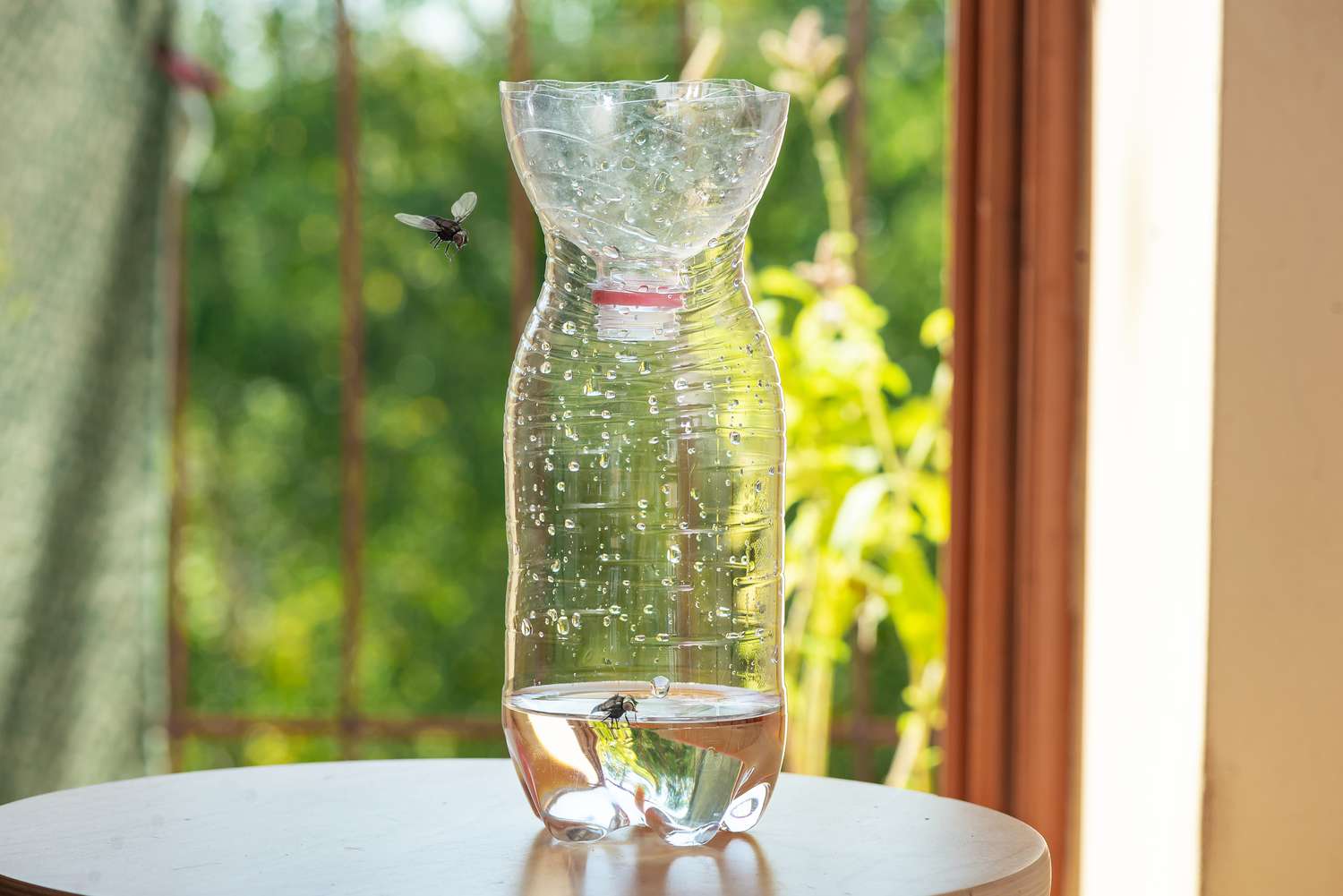
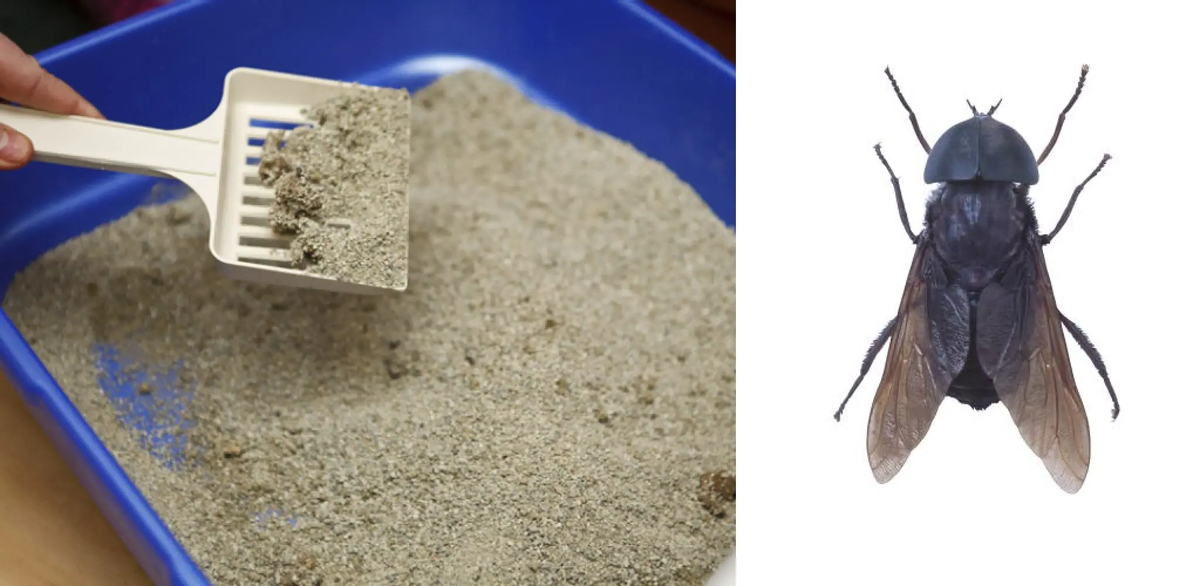
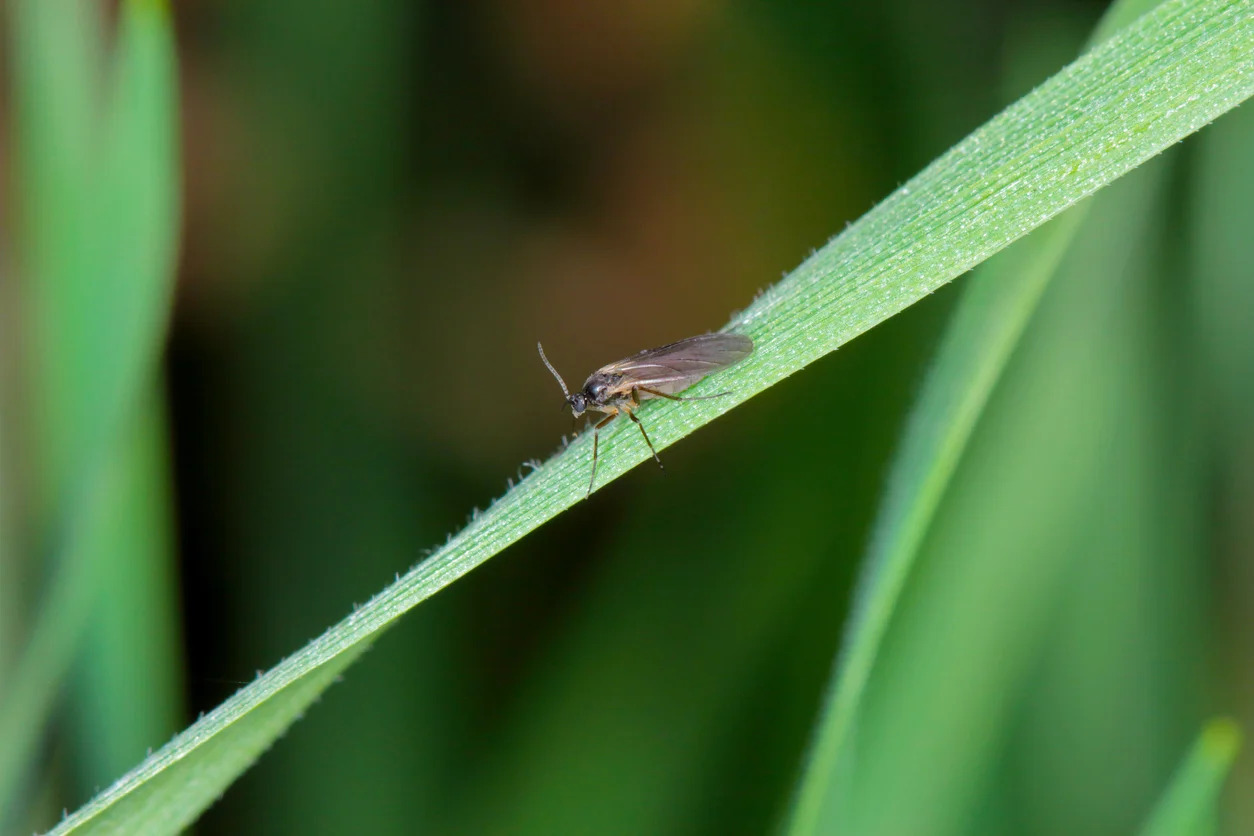
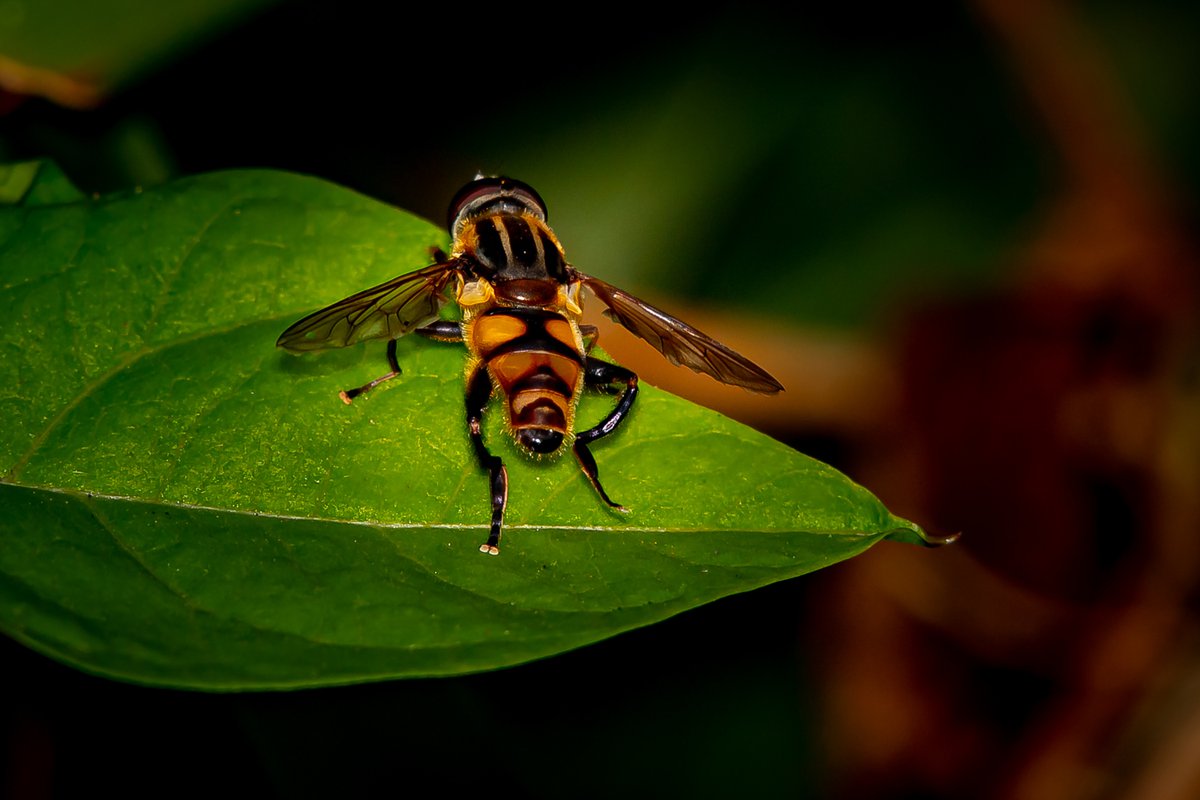
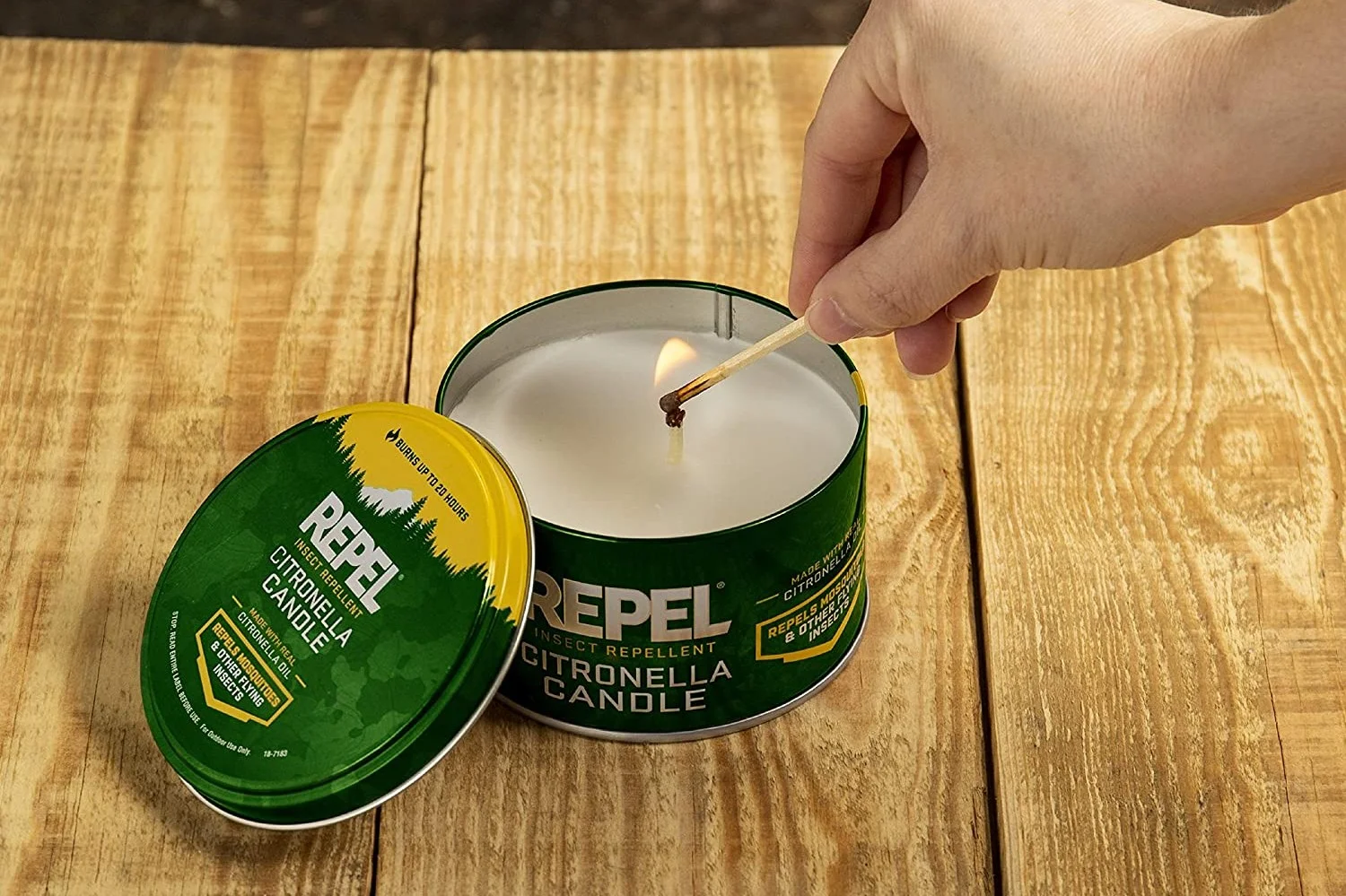
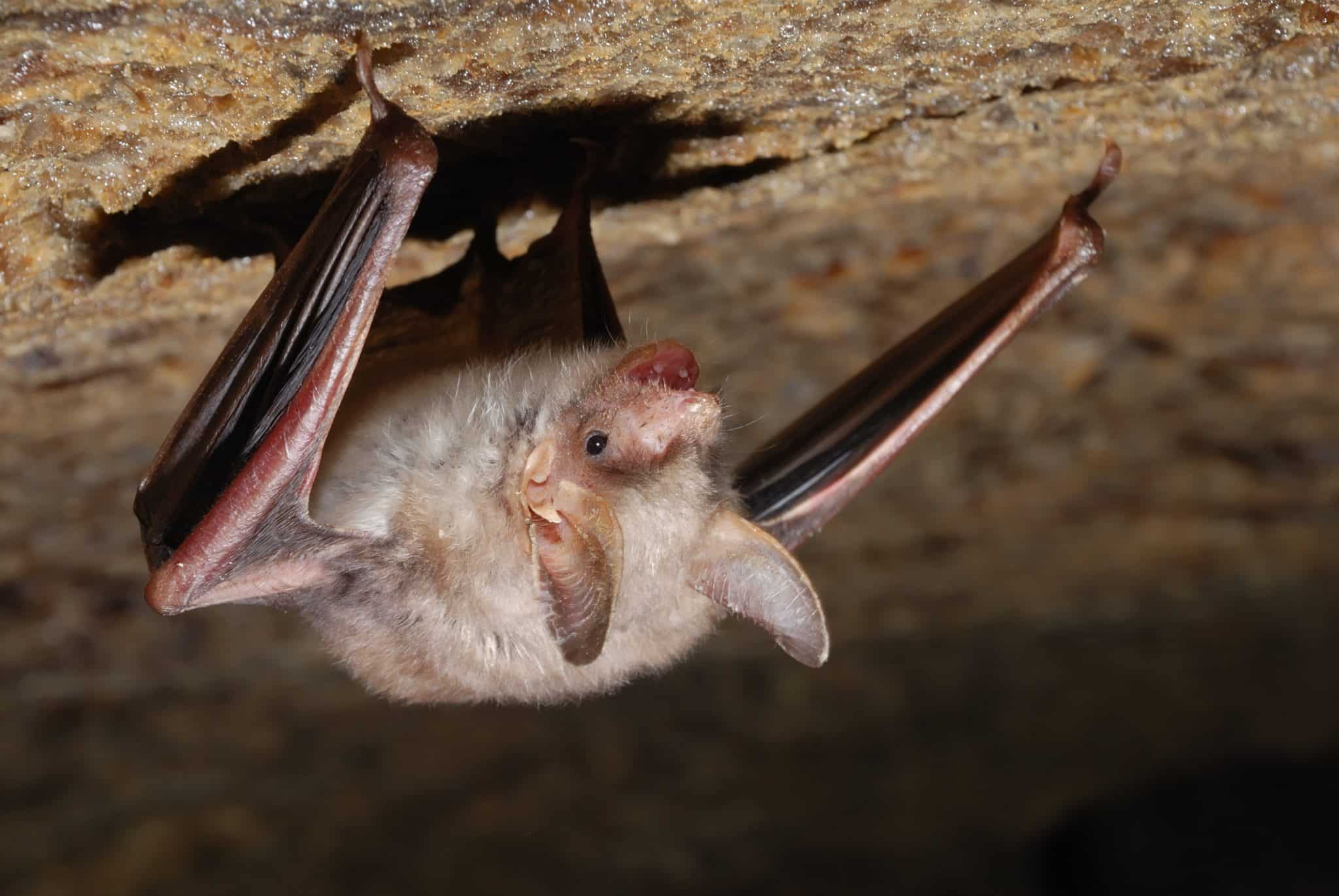
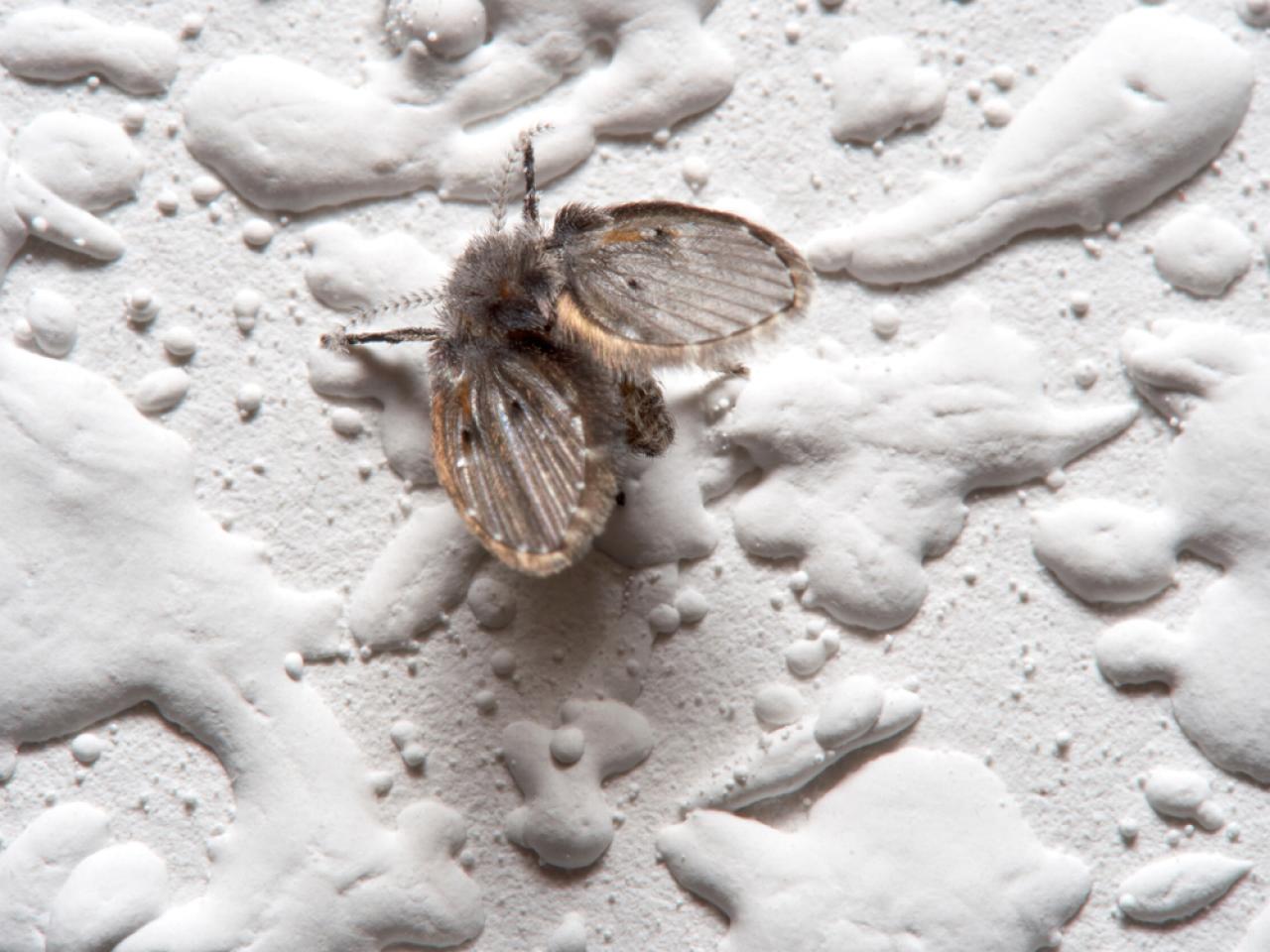
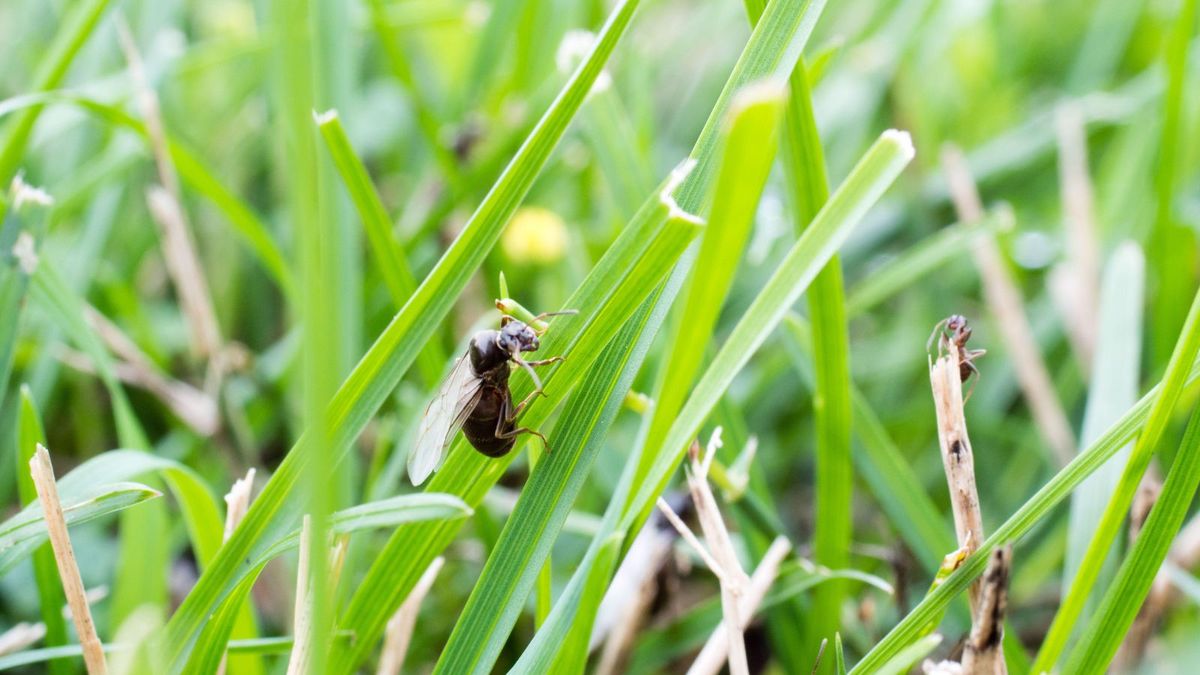
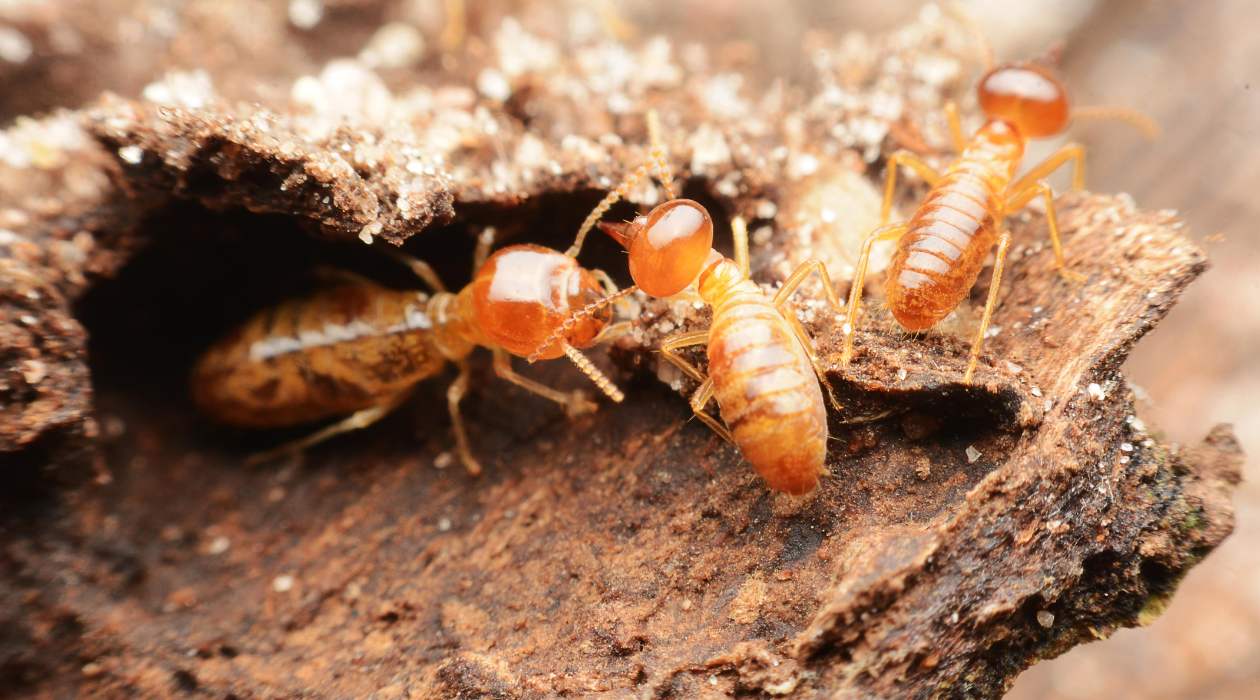

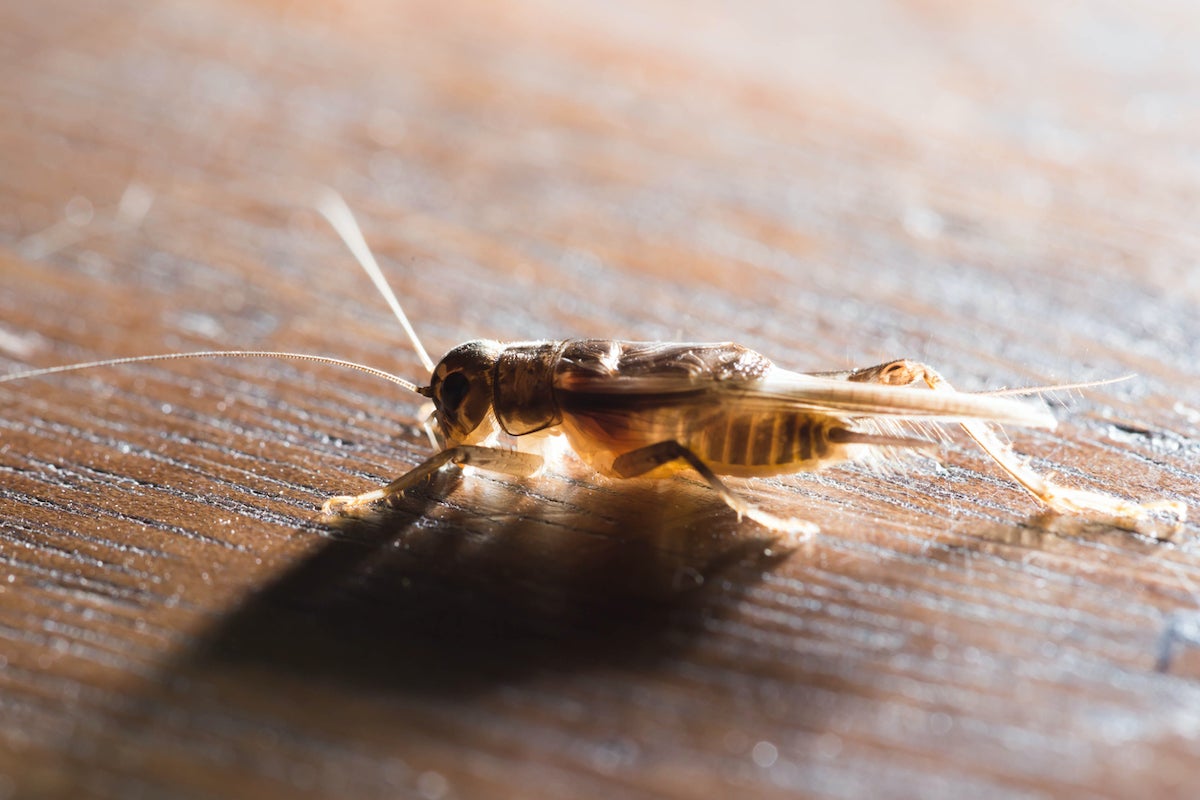
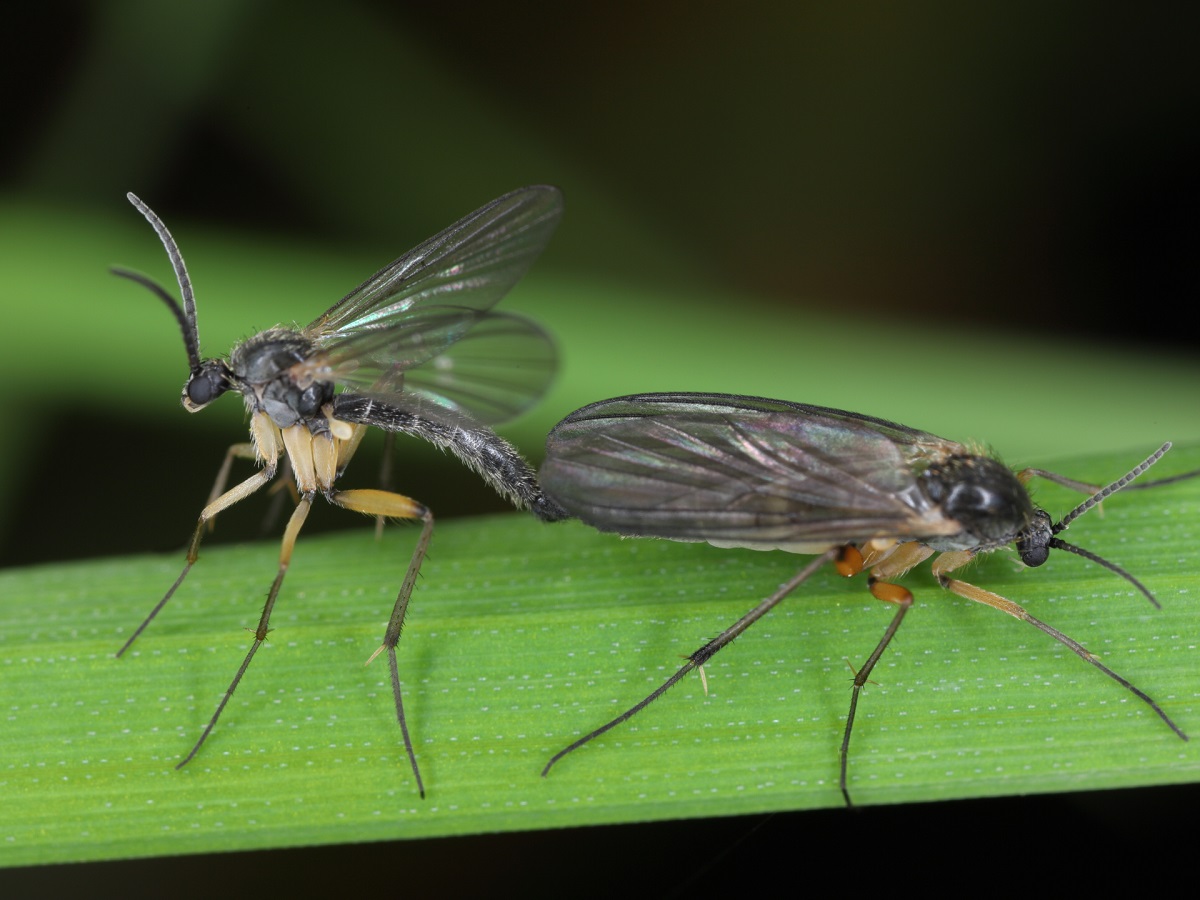


0 thoughts on “How To Get Rid Of Flies In The Attic”